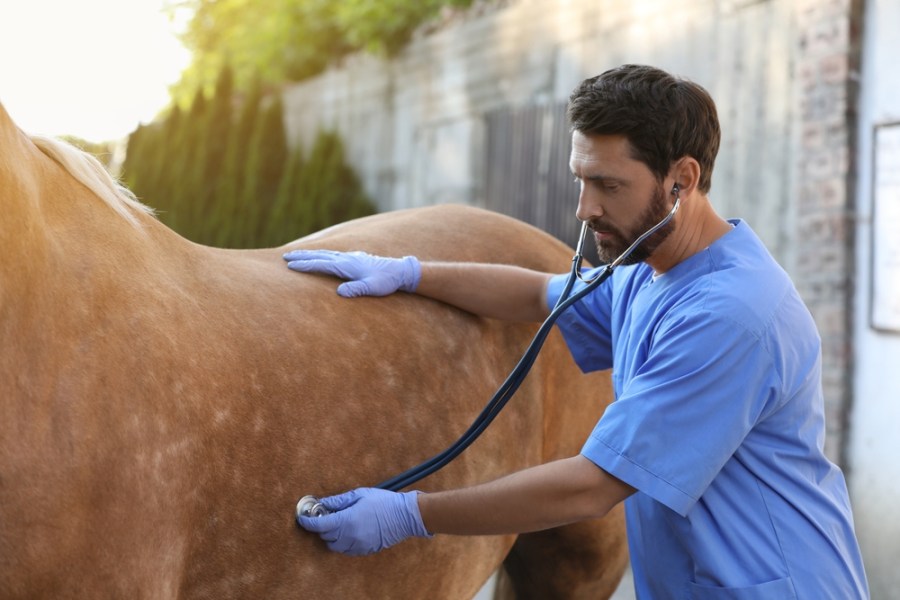A new PCR kit which makes testing for equine infectious respiratory diseases easier and quicker has been launched by bioMérieux, a world leader in the field of in vitro diagnostics.
Vetfire, a ready to use diagnostic test, can simultaneously detect infectious respiratory pathogens in seven equine diseases including equine flu and strangles.
Using PCR technology renowned for its high sensitivity and reliability, the test can provide results in less than 20 minutes. The speed in which infections can be identified ensures suspected outbreaks can be managed more effectively and quarantine measures implemented quickly if necessary.
“This new diagnostic test is a landmark moment in equine healthcare,” said David Smart, global veterinary business developer at bioMérieux.
“By providing rapid and accurate results, this simple test, which uses a nasopharyngeal swab, empowers veterinarians to make informed decisions about treatment and management, improving overall animal health.”
Distinguishing between viral and bacterial infections
Vetfire can identify whether the infection is caused by one of six viruses and/or a strain of bacteria and consequently it can help inform the course of treatment.
“bioMérieux draws on more than 60 years of innovation in the field of infectious diseases to bring the same level of expertise to veterinary diagnostics as it does to human health – and we are excited about the opportunities offered by the veterinary market to extend the footprint of our Vetfire technology,” said Pierre Rouppert, global Vetfire product manager.
In the future it is hoped that Vetfire could become part of a standard testing process for horses travelling abroad to compete, ensuring they and healthy and fit for their upcoming endeavours.
Related content
- Equine flu: experts explain how to lower the risk to your horse
- Strangles in horses: equine vet explains how to prevent, manage and treat this contagious disease
- Feed 80% of forage during the day to reduce ulcer risk, says vet
- Why saliva is key to preventing gastric ulcers
- How a horse’s digestive system works









